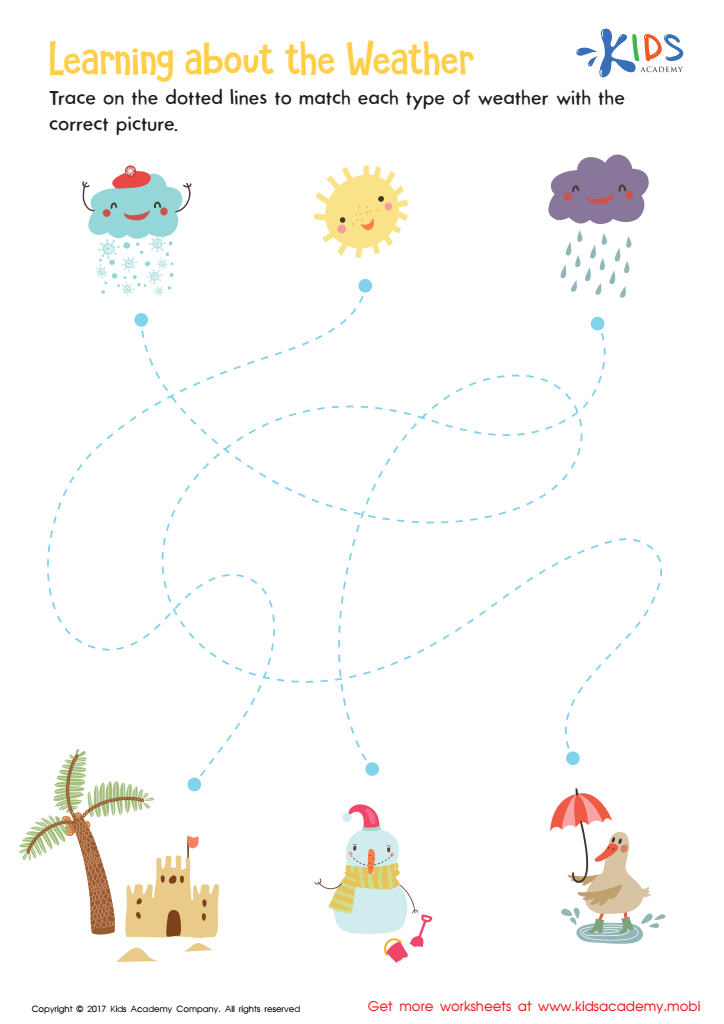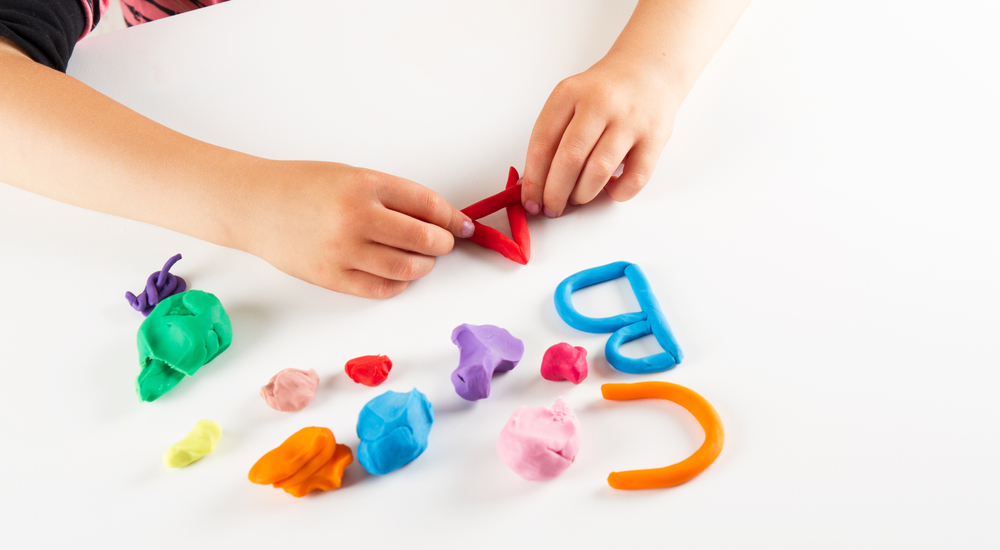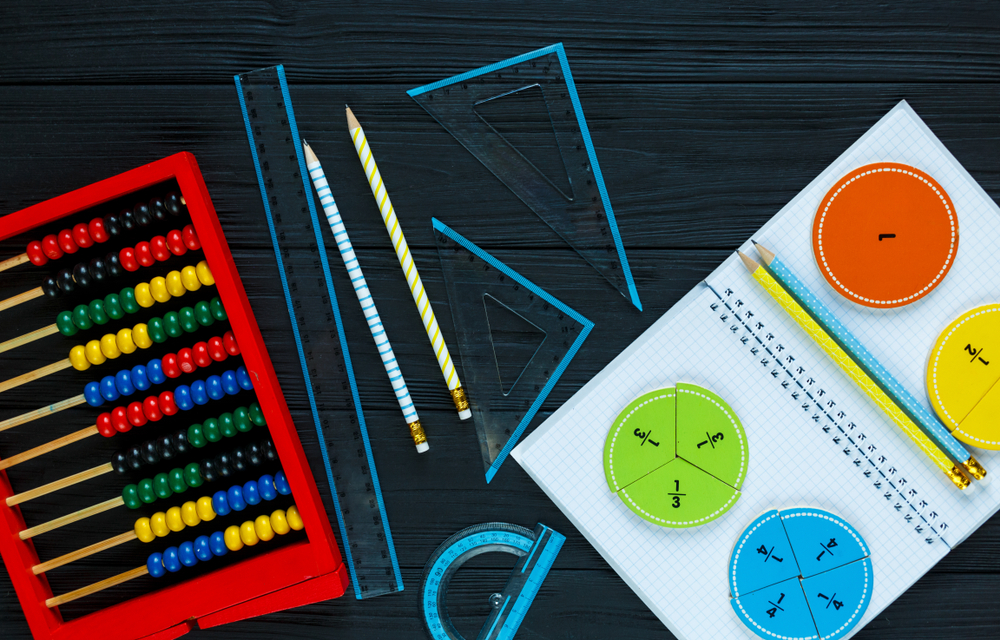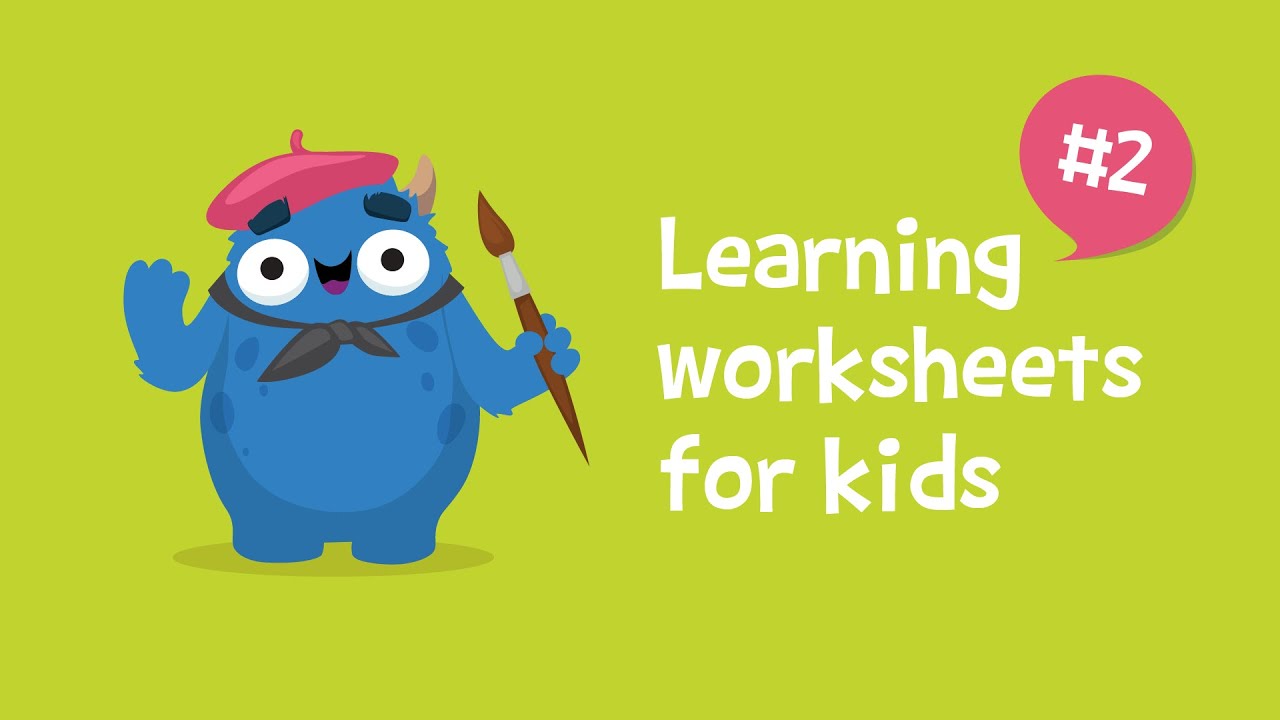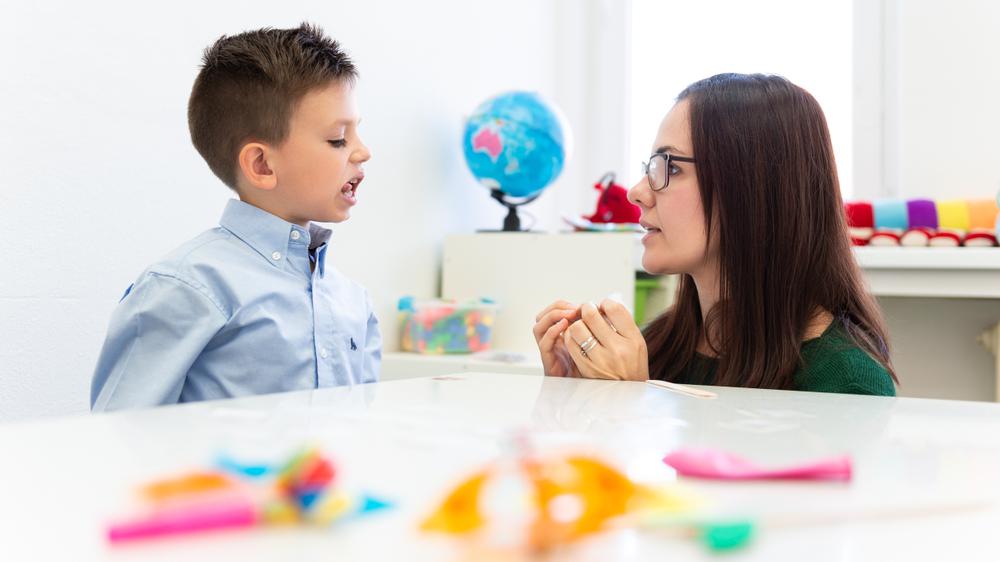Visual-spatial skills Worksheets for Ages 6-9
3 filtered results
-
From - To
Enhance your child’s cognitive development with our Visual-Spatial Skills Worksheets tailored for ages 6-9. These engaging activities are designed to improve spatial awareness, visual perception, and problem-solving abilities. With colorful puzzles, mazes, and matching games, children will have fun while sharpening their memory and analytical skills. Our expertly crafted worksheets stimulate creativity and foster academic growth, providing a solid foundation for tasks involving navigation, geometry, and reading. Perfect for both classroom and home learning, these resources ensure kids remain engaged and motivated. Boost your child’s visual-spatial intelligence effortlessly with our comprehensive collection today!
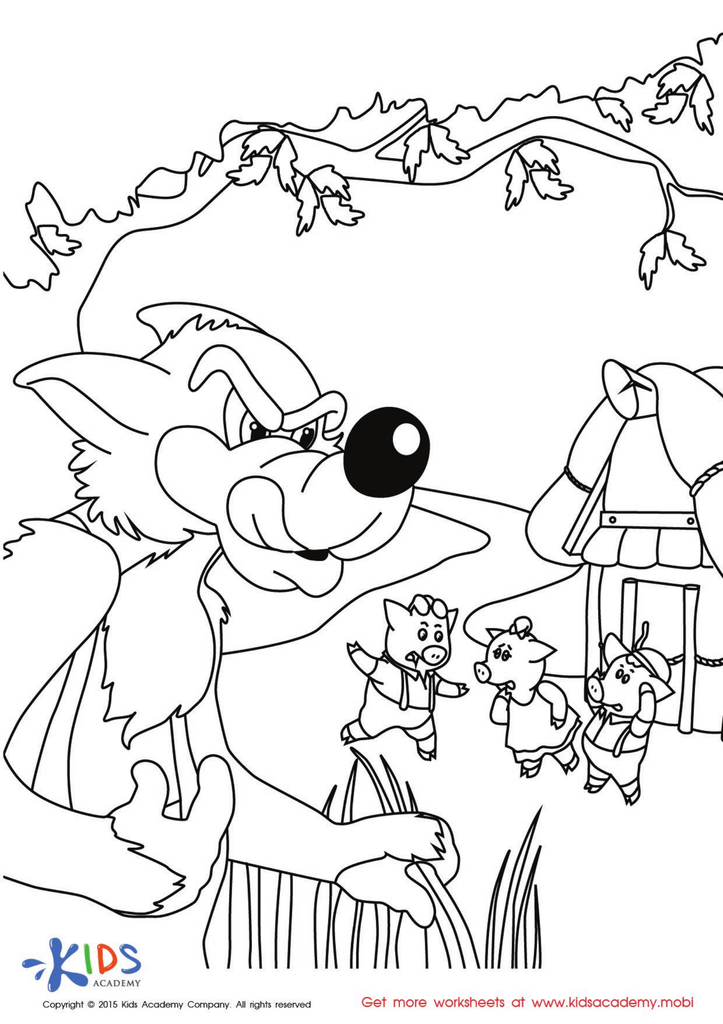

The Story of the Three Little Pigs Coloring Worksheet
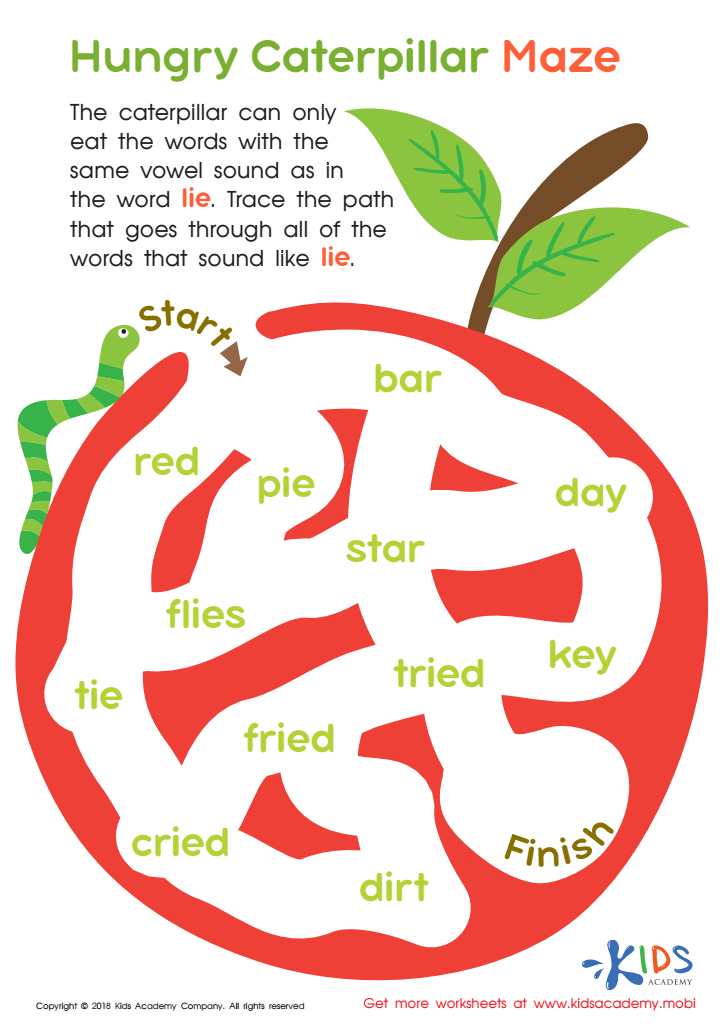

Hungry Caterpillar Maze Worksheet
Visual-spatial skills are the abilities to perceive, analyze, and understand visual information in the world around us. For children aged 6-9, these skills are crucial for several reasons. First, they play a vital role in learning. For instance, visual-spatial skills help kids understand and remember mathematical concepts, such as geometry and spatial relationships, which are fundamental in early education.
Moreover, these skills contribute significantly to reading and writing. Recognizing patterns, understanding part-whole relationships, and tracking visual sequences are essential components for mastery of literacy. Visual-spatial skills also enhance a child's ability to follow directions, solve puzzles, and engage in activities that require visual-motor coordination, such as drawing and building with blocks.
Beyond academics, strong visual-spatial skills foster children's creativity and problem-solving abilities. They can better visualize multiple solutions, anticipate outcomes, and create imaginative stories or artwork. In social settings, these skills aid in better understanding and navigating the physical space, which is crucial for playing sports, participating in group activities, and even social interactions, as they help interpret non-verbal cues and spatial boundaries.
Neglecting the development of visual-spatial skills can lead to challenges in both academic and daily life tasks, making it important for parents and teachers to offer activities and support that help children grow in these areas.
 Assign to My Students
Assign to My Students
